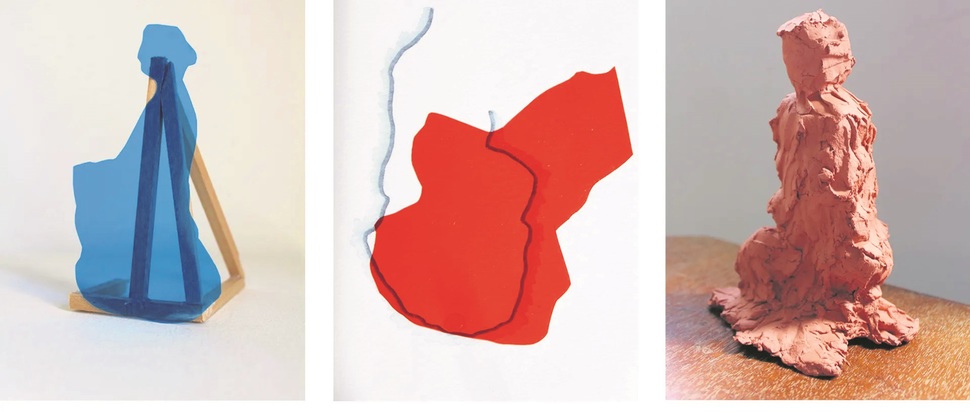Voices from the Archive: Holly Davey at Fruitmarket
Holly Davey’s new exhibition at Fruitmarket sees the artist foregrounding the voices of the women artists who have exhibited at the gallery over the last 50 years
“The Unforgetting in a sense is about trying to remember. Unforgetting something is a very different process to remembering something. In relation to memory, how do we want to archive them for the future, for somebody in the future to look back at? By examining our present, can we shape the kind of history we want to create?”
Over the past two years, Holly Davey has been working with the Fruitmarket archive to develop new work, building on a larger body of work she began at The British School at Rome in 2019 with A Script for an Archive and another iteration with a series of online projects titled Curating Living Archives commissioned by curator Judit Bodor.
In the context of her research into the Fruitmarket archives, Davey’s research stemmed from her encounter with an exhibition catalogue titled Scottish Sculpture ‘75, which features an eleven-member only-male show. Raising the question about the presence of women artists in the Scottish landscape, with some expanded research, Davey discovered Ann Henderson (1921-1976), a Scottish sculptor and graduate of Edinburgh College of Art who then worked as a senior lecturer at the ECA for about 30 years. Given that a number of these male artists included in the show had graduated during her tenure, it is likely she taught some of them. Davey was intrigued to understand the teacher-student dynamic and how Henderson, a female sculptor, may have influenced their visual and stylistic approach. This then led Davey to comb through the records of the Fruitmarket archive, to identify the names of a total of 354 women artists who exhibited at the gallery over its 50 year history, starting from 1974.
Holly Davey’s artistic practice involves working with physical collections and archives, utilising materials as extensive as drawings, sculptures, objects, films, photographs, books, annual reports, census records, voter registers, and birth and death certificates. She also uncovers voices through newspaper clippings, personal letters and diary entries, or even by tracing addresses and physically visiting the place and imagining a past in order to awaken those memories. From methodically seeing, touching and listening to objects stored in basements, attics or storage units, Davey reflects on why we collect (whether as individuals, organisations, or as a society) and what collecting and maintaining archives enables us to do.
She indicates how working with historical records often involves engaging with the memories of individuals who are no longer alive. These documents and objects become remnants of their past, preserved in their absence without their direct agency or voice. There is always something so personal about these archives: it is essential to approach them with sensitivity and empathy, acknowledging that the individuals involved may or may not have even intended for their belongings to be collected or preserved. It is also challenging to discern information about a person's gender, sexuality, or even ethnicity from historical records, and so as researchers or artists, one must remain aware of our own unconscious biases and assumptions and approach the material with care and openness.
Davey’s exhibition at Fruitmarket will be staged like a theatrical set in the warehouse, featuring three main components. The first will be a sculptural installation made up of 354 clay figures, each representing one of the women who exhibited at the gallery over the past 50 years. The second component is an extended prompt desk displaying a script and accompanied by an audio work with the women’s names being spoken out loud. The script represents the voice of the archive – a woman, reciting the names of all the women artists who have exhibited at Fruitmarket. The third is a large incomplete wooden and felt sculpture, symbolising the figure of a woman.
On 25 October, there will be a performance featuring a reading by Jill Smith, who under the name Jill Bruce was the first woman to exhibit at Fruitmarket. She will read the names of all 354 women artists, beginning with her own and ending with Davey's, in celebration of 50 years of women showing at the gallery. Through this project, Davey emphasises the importance of celebrating women as part of our shared history, and her work aims to recognise and foreground their contributions. Davey’s archival research and exhibition also poses questions around the gallery’s historical and current archival methods, creating the potential to reimagine how the gallery can preserve and document their history and information in the future.
Holly Davey: The Unforgetting, Fruitmarket, Edinburgh, 19 Oct-17 Nov, free
